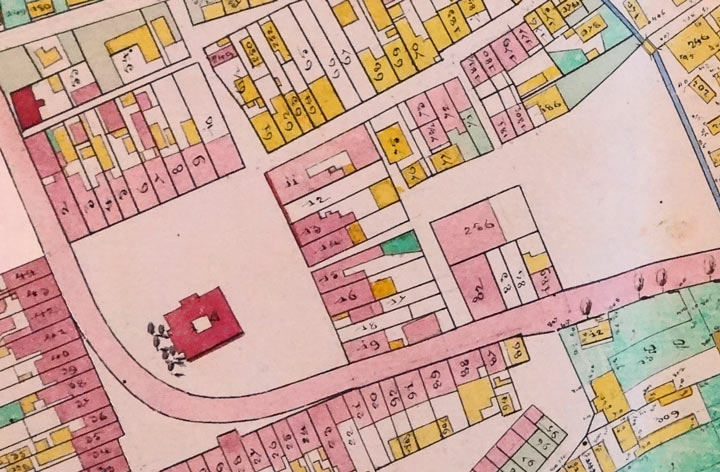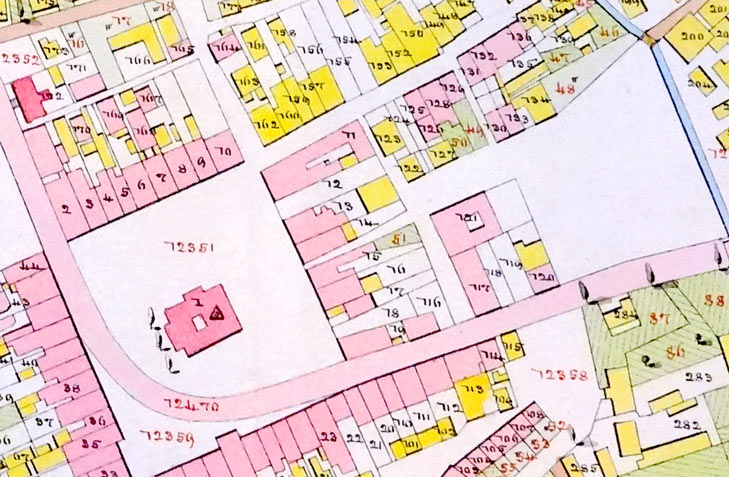
Lviv State Historical Archive behind the Church
The Central State Historical Archive in Lviv (Центральний державний історичний архів України) is a must for everybody interested in genealogical research of his Galician family, but to take full advantage of its resources you need to come well prepared. First of all, fill in this document and print it out [link coming soon]. This is a routine request to the president of the Archive to allow you to use its resources. It’s a must- have for all newcomers. Secondly, if you are going to work in the Archive for more than one day, you need to bring with you a white paper file (see the picture) bought in nearby stationery store or bookshop. Leave it in the reading room. Thirdly, try to think ahead and order the next file (opys) you need to research two days before you finish researching your latest one. Microfilms of vital records (fond 701) are the only resource available for order within one day. For unknown reasons, it takes as much as two days before your documents (such as maps, property and school records) arrive in the reading room from the archival stacks. Placing an order on Friday means waiting till Tuesday! If you are really in a hurry, ask the reading room staff if it’s possible to convince the vice-president of the Archive to agree to realising your order the same day. In such cases an interpreter is necessary.
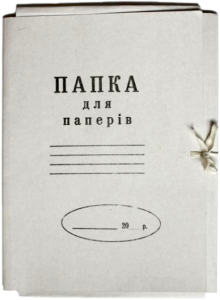
White paper file (ask for bila papka na zavyazkah) necessary for extended research in the Lviv Archive.
Photocopying costs (from your own camera) are rather horrible, 50 UAH (about $6) per photo, but they do not count how many pictures of the same document you take. Treat these costs as a donation.
The Archive is really poor. In Winter it’s better to sit in the reading room in a jacket, all 3 (three) microfilm readers are more than [bad]. There is not enough space for visitors. Come as early as possible, right after 9:00AM unless you want to wait in a queue. To place an order and leave you may come any time, except on Saturdays when they don’t accept new orders.
The catalogue is arranged according to place name—very useful for researches focused on one town. In a few minutes you have a general overview of what is available. Once again an interpreter needed, as the person taking care of the catalogue doesn’t speak English. The dinner break in the catalogue is between 12:00 PM and 2:00 PM. There is no dinner break in the reading room.
Alternatively, you can study the guidebook to the Central State Historical Archive in Lviv, unfortunately only in Ukrainian. For those who are completely lost, the staff is always friendly and helpful, however, as the archival collections are very rich and there are plenty of people like you, don’t expect too much attention.
Summary:
Pros:
+ Friendly staff
+ No dinner break in the reading room!
Cons:
– Long waiting time for the documents (two working days)
Opening hours:
Mon to Fri: 9:00 AM – 5:30PM
Closed every last day of the month.
Dinner break in the catalogue: 12:30 PM – 2:00 PM.
Address:
Vul. Svobodna 3a
Lviv 79000
Tel. no.: +38 032 235-40-63; +38 032 235-56-57
E-mail: archives2000@gmail.com
URL: http://tsdial.archives.gov.ua
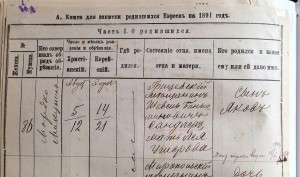


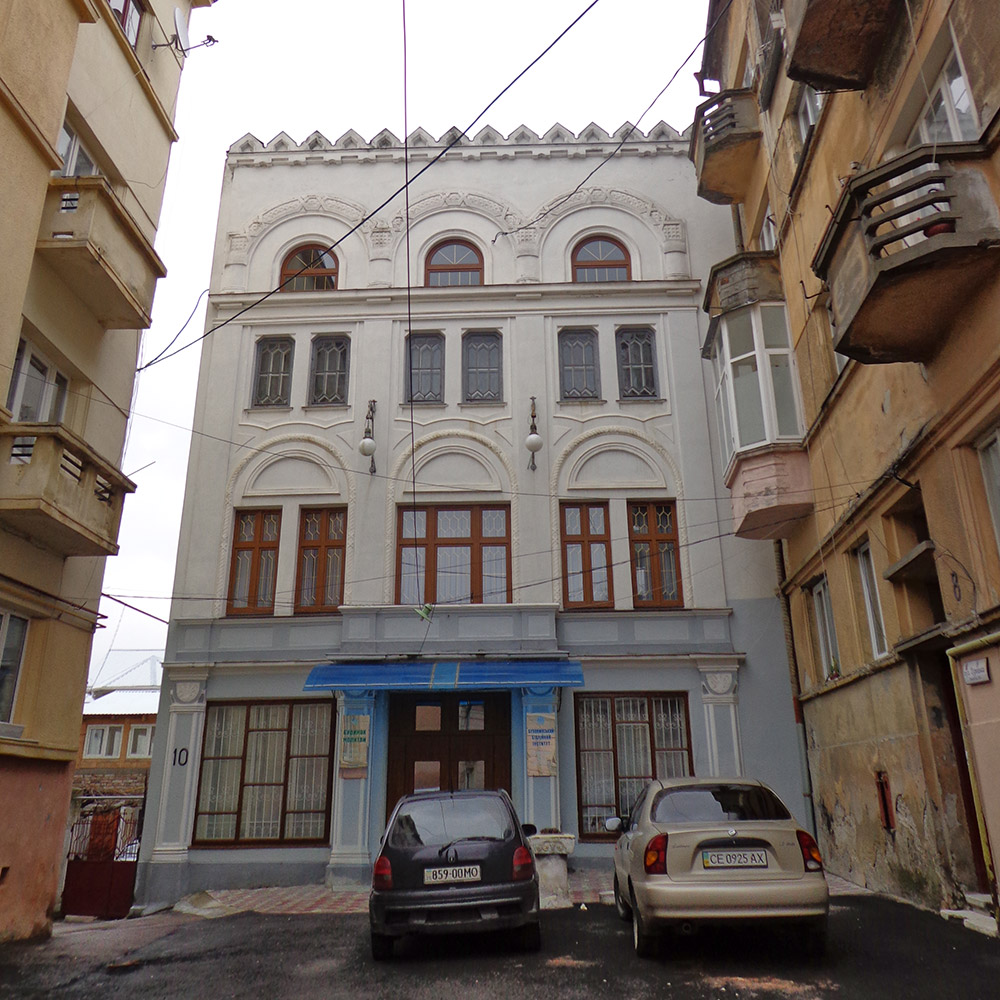




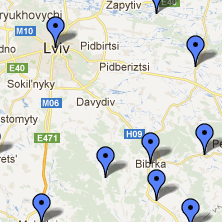 . These maps are very comprehensive and amazing but it’s still possible that your town won’t be listed on them. Perhaps the name of the town is not what you think, perhaps it has been adpated…
. These maps are very comprehensive and amazing but it’s still possible that your town won’t be listed on them. Perhaps the name of the town is not what you think, perhaps it has been adpated…